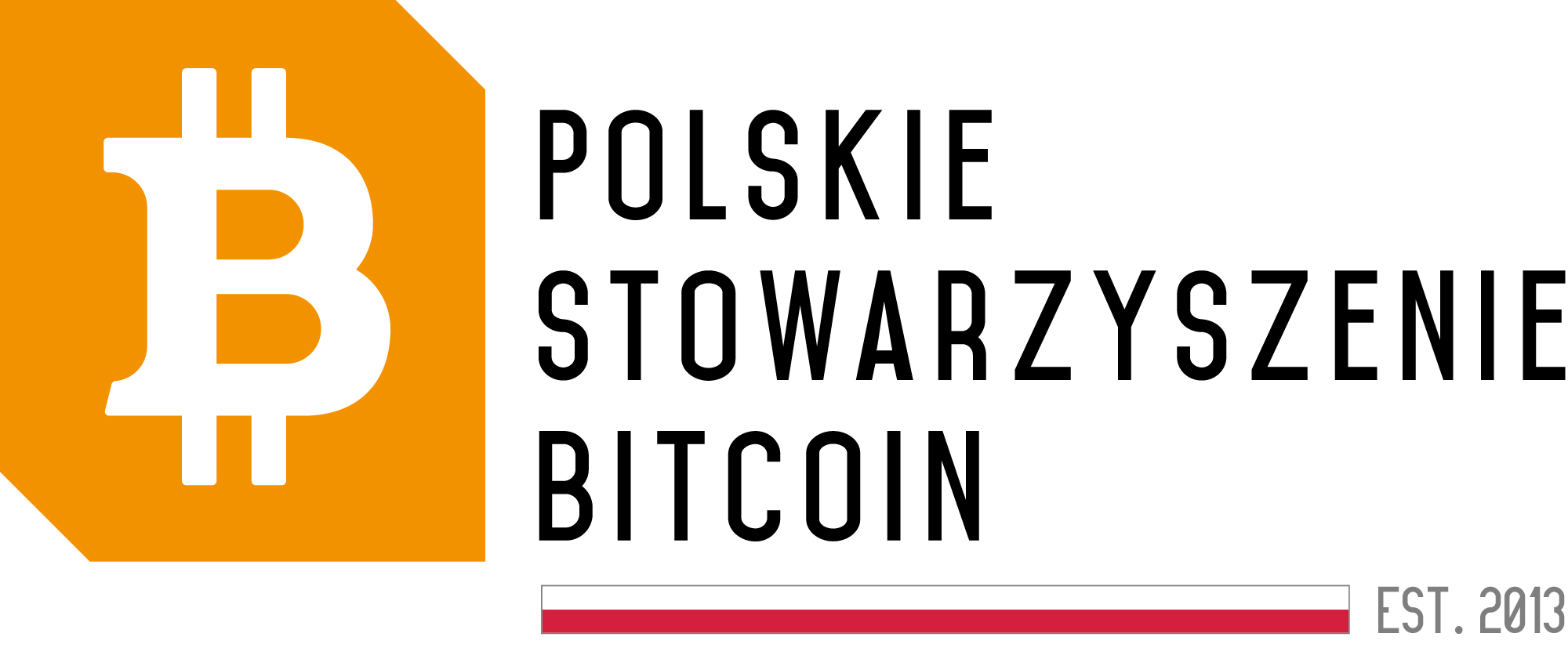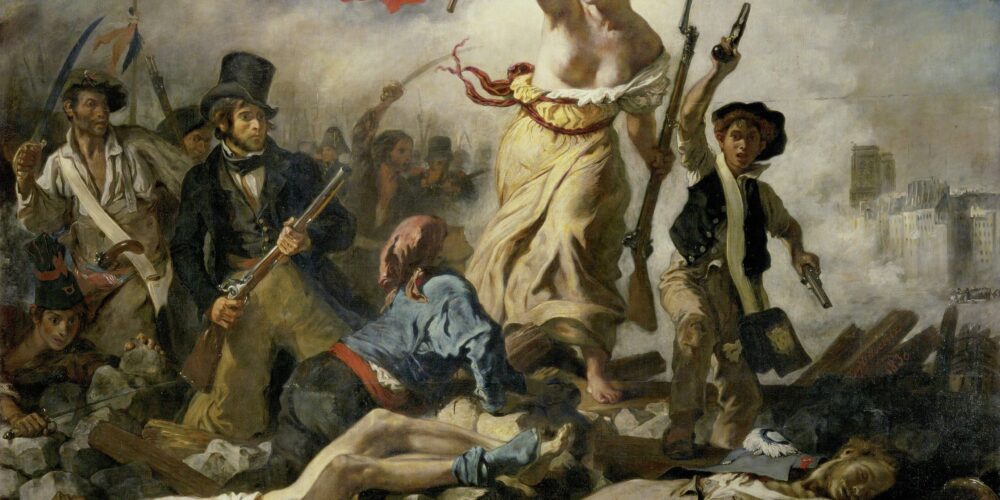History of Inflation in Poland Part V: Napoleon – Economic Enemy Number 1

We recently concluded our story on the downfall of the Polish Commonwealth, tragically marked by an economic catastrophe associated with the first issuance of paper money in our lands. Poland vanished from the maps, but suddenly, on the horizon of history, a certain revolutionary appeared who positively impacted our social consciousness. Completely undeservedly, by the way…
History of Inflation in Poland – from Mieszko I to Kazimierz the Great
History of Inflation in Poland Part II – The Jagiellonian Dynasty
History of Inflation in Poland Part III – XV-XVII Century, Neighbor is a Wolf to Neighbor
History of Inflation Part IV – The Final Collapse and the First Paper Money
After the third partition, the old coins of the Polish Commonwealth were still in use on the former Polish territories. From an economic standpoint, there was no significant change. However, change was imminent with the arrival of Napoleon’s French armies.
Napoleon I, Deep in Debt
Napoleon, who came to power in France after the French Revolution, found himself drowning in debt along with his country. In 1803, in order to recover financially, he sold Louisiana to the United States. With the earned 23 million dollars, he invested in what he knew best. And no, it wasn’t stock market investments. He poured everything into his army. Ultimately, this move paid off as he quickly conquered half of Europe. As part of his efforts to establish a new order on the continent, he also created the Duchy of Warsaw, a fragmented state that only served as a semblance of the former Polish statehood.
When you have half of Europe at your feet, the only remaining challenge is the boss fight, represented by Russia, to use a computer game analogy. The country of the tsars posed not only military challenges but also financial ones. Once again, there was a need to rearm the armies. “Where am I supposed to get the money for all of this?” Napoleon nervously pondered on his throne. It is unclear in what context he remembered our distant ancestors, but he came up with a brilliant idea – brilliant from his perspective. He believed that the Poles, who owed him almost nothing, would sponsor his Eastern campaign!
What was it all about? In 1811, the Duchy of Warsaw, on the orders of France, initiated an unprecedented issuance of money. They produced 13 million one- and three-groschen coins from 233,000 kilograms of copper and 69,000 kilograms of silver!
The new money was quickly spent on soldiers’ wages and creating new units for the Napoleonic army. However, the debt of the Duchy reached 91 million złoty, which equated to 900% of its annual income! The treasury practically went bankrupt and stopped repaying the debts. Only salaries for officials were maintained (which may explain why employees of the state administration always have a good credit score).
Colossal Sums
Do you know the phrase “colossal sums” referring to large amounts of money? Do you know where it originated from? No? Well, I’ll tell you!
After the partitions, the Prussian government provided loans to Poles who found themselves under Prussian rule. The total value of the loans amounted to 40 million francs. Following the Treaty of Tilsit, the second and third partitions, along with the indebted inhabitants, came under the rule of Napoleon. He “magnanimously” transferred those obligations to the authorities of the Duchy of Warsaw, but demanded only half of the amount to be paid immediately, as agreed in Bayonne (now you know the origin of the phrase “colossal”).
The Poles, dependent on the French, had to agree. The agreement appeared to be advantageous, as it provided a profit of 20 million francs. Unfortunately, the situation of the indebted was so dire that it was impossible to enforce the repayment. Furthermore, repayment was contingent on the continued functioning of the existing political arrangement. Meanwhile, the Emperor of France was preparing for war with Russia…
War and the Second Issuance of Paper Money
There has been plenty written about the catastrophic consequences of the French and their allies’ campaign in Russia (a plethora of books, numerous films, and an impressive number of board games and computer games).
Less is said about the economic effects. During the conflict, the Duchy of Warsaw once again issued paper money, this time amounting to a total of 9 million Polish złoty in the history of Poland. History has a tendency to repeat itself with complete ruthlessness! When it became apparent that Napoleon had been defeated by the Russians, the value of the “banknotes” dramatically plummeted.
To further burden the authorities of the Duchy, the victorious Tsar Alexander I imposed a war indemnity of 258 million Polish złoty on them.
Soon after, the Duchy was dissolved to establish a new entity, the Kingdom of Poland, which was subject to Russian control. In turn, it was soon flooded with Russian banknotes known as “assignats,” which the Tsars issued to finance their own wars.







